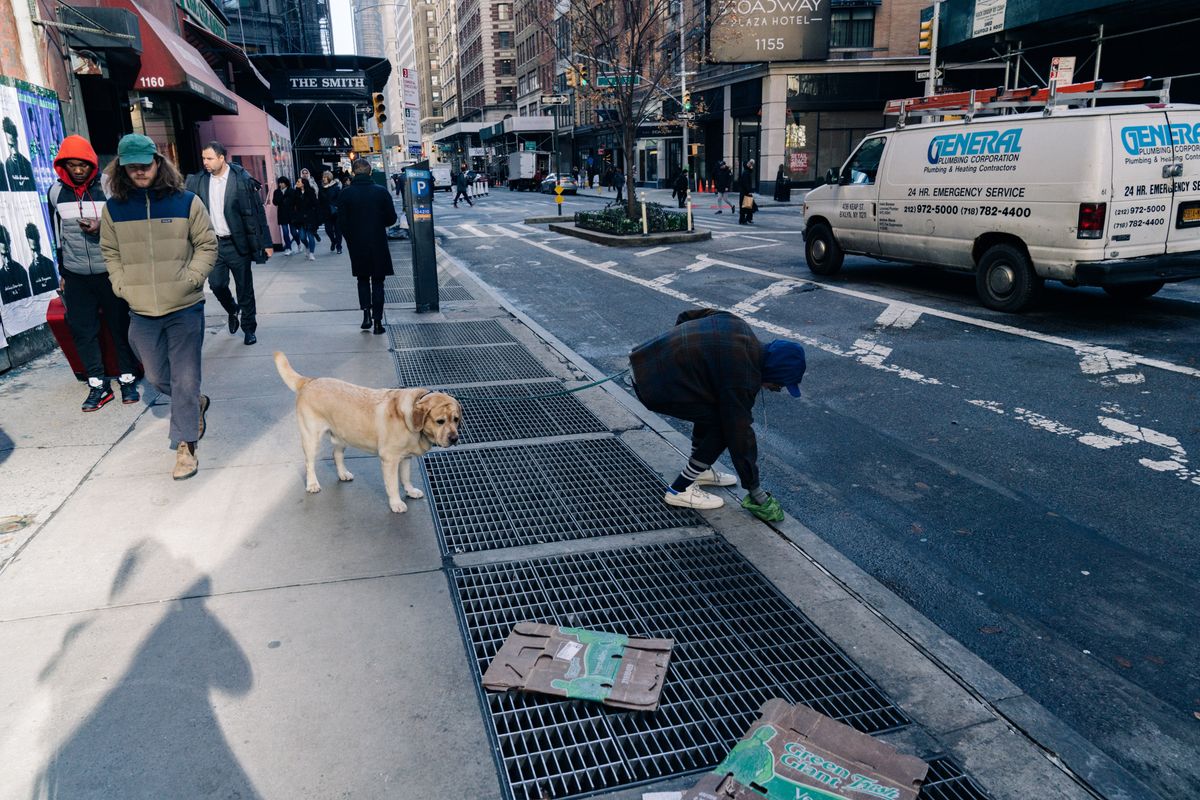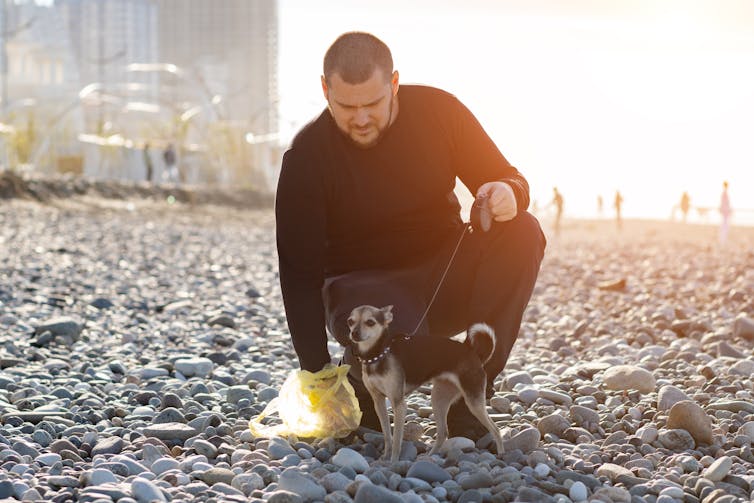June 24, 2023

Technician checking solar panels on roof (Shutterstock)
A sweltering heatwave has gripped Texas over the last two weeks, pushing temperatures to 115°F in parts of the state—but its status as a new leader in the development of solar power has reportedly protected many in the state from a catastrophic loss of power.
An intense heat dome—in which an area of high pressure traps heat underneath it—has settled over northern Mexico and is expected to persist next week and potentially beyond, likely causing the heat index to reach high into the 100s across Texas and top 120° in the southern part of the state in the coming days.
Extreme weather has placed millions of Texans in harm's way before, notably during a winter storm in February 2021 that plunged much of the state into a prolonged blackout when natural gas power plants faced outages, as a federal review later found, contrary to claims by Republican Gov. Greg Abbott that the state's wind turbines failed residents by freezing.
The video player is currently playing an ad.
But this month, reported The New York Times on Friday, "the lights and air conditioning have stayed on across the state," and analysts have linked the continuation of power to Texas's doubling of the amount of solar energy it's generated since early 2022.
While Texas has built its reputation in recent decades as a center of oil and gas production in the U.S., "solar is producing 15% of total energy right now," University of Texas research scientist Joshua Rhodes told the Times. The state now leads the nation in renewable energy, with 17 gigawatts of solar power operational this year.
"They have this narrative that they push that they need more dispatchable power plants and need more gas plants. It's a very politically driven narrative by many of the state leaders.
The amount of solar power produced in the state is expected to double again by the end of 2024, according to the Electric Reliability Council of Texas.
Doug Lewin, president of clean energy consulting firm Stoic Energy in Austin and host of the Texas Power Podcast, toldInside Climate News on Friday that Republican leaders in Texas aren't likely to acknowledge that the state's solar power boom is helping residents to avoid blackouts.
"They have this narrative that they push that they need more dispatchable power plants and need more gas plants," he told the outlet. "It's a very politically driven narrative by many of the state leaders."
The GOP-controlled Texas Legislature passed a $10 billion program to incentivize new natural gas power plant development last month, and recently made an unsuccessful attempt to pass new permitting requirements and restrictions for renewable energy producers.
As Republican lawmakers remain committed to promoting the very energy sources that are fueling the climate emergency—and making extreme heatwaves like the one enveloping Texas five times more likely to occur, an analysis of federal data showed earlier this month—Lewin noted this week that fossil fuel-powered plants have been struggling to provide energy amid the heat.
"Renewables are definitely saving the grid and saving our wallets," Alison Silverstein, an independent energy consultant based in Austin, told the Times on Friday.
Energy demand next week is expected to reach record levels in Texas as the Gulf Coast is expected to see temperatures of "at least 110°F every day," according to the National Weather Service.



















